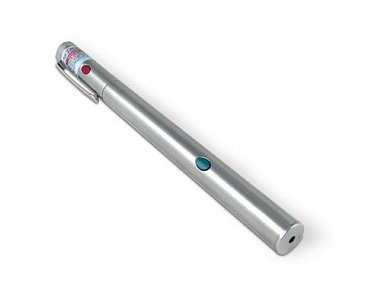
Discrepant events occur when a student’s prior knowledge clashes with what’s happening right in front of their eyes. The wonderful moments created by the cognitive dissonance of a discrepant event is a powerful tool for developing inquiry skills. When what happens does not match students’ expectations, we can expect them to get curious pretty quickly.
Discrepant events are almost always exciting and engaging. But you strike teacher gold when you use them to capture students’ energy and motivation so that they actually want to learn what happened; otherwise, the discrepant event simply ends up being a memorable demonstration. The power of discrepant events lies in their capacity to motivate a systematic inquiry into the why and how of what students saw vs. what they expected to see. The capacity for systematic inquiry is one of the most foundational and important skills students can learn, in any discipline. The value of the ability to inquire, rather than shut down, in the face of a discrepant event translates well beyond science.
Additive and subtractive color mixing is a great example. Most students have experience with mixing paints (pigments), so they have a foundation of understanding about what it means to mix colors. They bring this understanding with them to the study of mixing light and are quickly confronted with several related discrepant events: green and red light mix to create yellow, not brown; and when you mix all three primary light colors, you get white light. Here’s how to structure a lesson so that students inquire on their own to figure out why!
Mixing Pigment vs. Mixing Light:
Review:
- Visible light is the only electromagnetic energy that the human eye can see
- White visible light is composed of a group of electromagnetic wavelengths that make up the colors we see
- Each color within the visible light spectrum has it’s own individual wavelength and frequency.
- All of the color seen by the human eye is either transmitted or reflected light consisting of a mixture of the 3 primary colors: red, green, and blue.
Go a little deeper with some inquiry into what’s going on with the relationship between light and paint.
Ask students: Why/how do we see each color? Why do we see Blue or Green? Let them struggle to explain — ask them to use words and drawings to think about how it is that we see all the colors.
Explanation: How we see color — White light contains all of the visible spectrum. When white light hits a material (paint, your shirt, an apple) the material absorbs all (visible) wavelengths except the wavelength we see. What we see is what is reflected off of the object into our eyes.
Get everyone started with some concrete experience. Most students think of red, green, and blue as the primary colors, but for pigment (paint), the primary colors are Cyan, Magenta and Yellow. Check your print cartridge; I guarantee it says CMY, not RGB. Now you are ready to ask students to predict and then explore and collect/record data on (pigment: CMY) color mixing.
Below, I’ve created some structured pigment mixing with no mess (!!) by putting blobs of paint in snack sized baggies.

Go a little deeper with some inquiry into what’s going on with the relationship between light and paint.
Ask students: Why/how do we see each color? Why do we see Blue or Green? Let them struggle to explain — ask them to use words and drawings to think about how it is that we see all the colors.
Explanation: How we see color — White light contains all of the visible spectrum. When white light hits a material (paint, your shirt, an apple) the material absorbs all (visible) wavelengths except the wavelength we see. What we see is what is reflected off of the object into our eyes.

Why/how does mixing the pigments result in new colors? Again, let students wrestle with the question for a bit. Put them in groups and have them collaborate to come up with an answer.
Explanation: When you add two paint colors together, EACH color absorbs all the visible wavelengths that are not that color — mixing two colors means the “new paint color” absorbs more wavelengths of light than either original color. It SUBTRACTS light — leaving fewer wavelengths available so it gets darker and darker. Mix all the colors of paint together and eventually you get black because its absorbing ALL the entire visible spectrum!
Now here is the discrepant event. The primary colors of light are Red, Green and Blue. Just think about the pixels in your TV or Computer screen. Ask students to predict what will happen when RGB light combines.

Give students a Red, a Green and a Blue Light Blox or other RGB light source, and invite them to explore and see what happens when they combine colors of light.
Inquire: What is the relationship between the primary colors of pigment (CMY) and the secondary colors of light (RGB)
When you mix the primary colors of light (RGB) you end up with the primary colors of pigment (CMY)! Think about why.
Discuss and Conclude: Why does mixing all of the primary pigment colors (CMY) give you mud while mixing all of the primary light colors (RGB) give you white?
Light mixes additively. As you add more light, the colors become lighter and lighter — eventually, you end up with white light.

